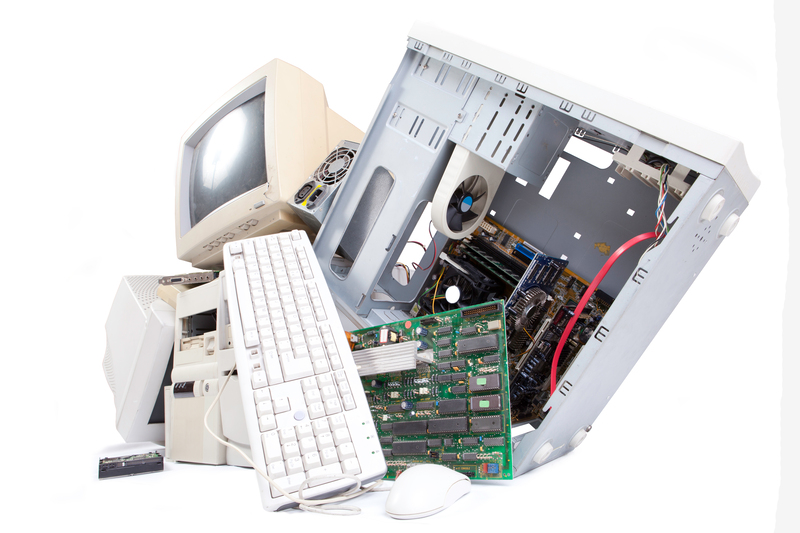Protecting Wildlife Starts with Proper PPE Waste Disposal
The world has relied heavily on personal protective equipment (PPE) since the emergence of the COVID-19 pandemic. While these items including masks, gloves, and face shields have safeguarded human health, their improper disposal now poses a growing threat to wildlife everywhere. How does the simple act of discarding a mask endanger animals? What can communities do to keep both people and the planet safe? This in-depth guide explores why proper PPE waste disposal is crucial for protecting wildlife and offers practical solutions for individuals, communities, and organizations.
Table of Contents
- How PPE Waste Endangers Wildlife
- The Link Between Littered PPE and Ecosystem Health
- Best Practices for PPE Waste Management
- Community Involvement & Education
- Government Policies and Corporate Innovations
- Conclusion: Small Acts, Big Difference
How PPE Waste Endangers Wildlife
Wearing masks and gloves saves human lives, but discarded PPE items have catastrophic consequences for animals. Studies from conservation groups and marine biologists highlight a sharp increase in PPE litter polluting natural habitats since 2020.
Animal Entanglement and Ingestion
- Entanglement: Birds, turtles, and small mammals often get tangled in discarded mask loops or elastic bands. Unable to free themselves, they risk starvation, injury, or drowning.
- Ingestion: Wildlife, mistaking gloves or fragments for food, can inadvertently ingest pieces of PPE. Such materials can block digestive tracts, cause internal injuries, or introduce toxic chemicals.
Microplastic Pollution
Most single-use masks and gloves are made from plastic fibers such as polypropylene. When improperly discarded, these items break down into microplastics, contaminating soils, waterways, and oceans.
- Bioaccumulation: Microplastics enter the food chain when ingested by plankton, fish, and other marine animals. This not only harms wildlife but may eventually affect human health through seafood consumption.
The Link Between Littered PPE and Ecosystem Health
The major issue isn't merely visual pollution--it's the interconnectedness of life. When PPE waste invades a natural habitat:
- It reduces food sources for animals (who perish after ingesting plastics)
- It introduces pollutants that toxify soil and water
- It can spread diseases as contaminated PPE parameters are touched, sniffed, or chewed by unsuspecting creatures
In this way, PPE pollution threatens entire ecosystems. Pristine environments such as national parks, urban green spaces, beaches, and forests are all at risk. Protecting wildlife starts with proper PPE waste disposal at every level--from crowded city streets to remote nature reserves.
Best Practices for PPE Waste Management
Being mindful of how we dispose of PPE can make all the difference. Here's how individuals and organizations can help minimize the environmental impact:
1. Always Use Designated Bins
- Separate medical waste from regular garbage wherever possible.
- If in public, look for bins specifically labeled for PPE. Many cities have now placed secure, lidded bins in high-traffic areas to prevent windblown litter.
2. Minimize and Reuse
- Whenever possible, opt for reusable masks (washable cloth varieties) instead of disposable types.
- Encourage healthcare settings and businesses to adopt tiered PPE use--using single-use for high-risk activities while switching to reusable options elsewhere.
3. Safe Disposal Techniques
- Snip ear loops off disposable masks before throwing them away to reduce animal entanglement risks.
- Securely bag used PPE before placing it into trash bins.
- Never flush PPE down toilets or drains; such practices lead directly to waterway blockages and marine pollution.
What Not to Do with PPE Waste
- Do not leave masks, gloves, or wipes on sidewalks or in parks.
- Avoid burning PPE at home, as this releases harmful toxins into the air.
- Never attempt to recycle single-use PPE unless your local waste service explicitly accepts it. Most aren't suitable for standard recycling streams.
Community Involvement & Education
Protecting wildlife from PPE pollution depends on collective action. Here's how local communities and organizations can lead the charge:
Launching Educational Campaigns
- Schools and local governments can run posters, social media, and workshops showing the impact of PPE on wildlife.
- Organize clean-up days specifically targeting PPE collection in natural habitats and urban green spaces.
- Incorporate lessons about wildlife protection into environmental education curriculums.
Empowering Volunteers and Community Groups
- Form volunteer groups to monitor hotspots for PPE litter and coordinate proper disposal.
- Partner with wildlife charities to fund PPE-specific litter traps along rivers and stormwater drains.
Supporting Research and Reporting
- Create citizen science projects that document the presence of PPE waste in local environments.
- Share findings with policymakers and local media to raise public awareness.
Government Policies and Corporate Innovations
Stronger regulations and forward-thinking business practices are vital for addressing the crisis of PPE waste.
Effective Policy Solutions
- Mandate the installation of secured PPE bins in public spaces, transport hubs, and hospitals.
- Increase fines or penalties for littering, especially concerning medical or hazardous waste.
- Require clear labeling of PPE packaging to guide users on proper disposal methods.
Industry Responsibility
- Companies producing PPE should invest in biodegradable alternatives and support recycling pilot programs.
- Employ circular economy models that encourage PPE take-back or refill programs--particularly for businesses.
- Fund R&D for next-generation PPE that is easier to recycle and has a smaller environmental footprint.
Innovations in PPE Management
- Development of PPE recycling technologies that allow mask and glove fibers to be repurposed into construction materials or textiles.
- Design of compostable PPE that biodegrades safely in natural habitats--minimizing the risk to wildlife.
Conclusion: Small Acts, Big Difference
Protecting wildlife really does start with proper PPE waste disposal. Whether you're at the park, on the beach, or walking to work, each of us can be part of the solution:
- Stop littering: Secure your PPE in trash bins and never toss it on the ground.
- Educate others: Share information with friends, family, and co-workers about the importance of PPE disposal for wildlife.
- Advocate for better policies: Support local, national, and global efforts to tackle PPE waste and protect vulnerable ecosystems.
Together, our individual choices combine to create lasting change. By championing proper PPE waste management, we can ensure that protecting wildlife starts now--and that future generations thrive in healthier, cleaner environments. Remember, every discarded mask or glove is more than just trash--it could be a lifeline or a hazard for the creatures we share our planet with.
Further Reading & Resources
- World Wildlife Fund
- The Nature Conservancy
- US Environmental Protection Agency: Recycling PPE
- Marine Conservation Society: PPE on Beaches
Let's act wisely. Your small steps in PPE waste disposal can make a huge impact on wildlife preservation.

